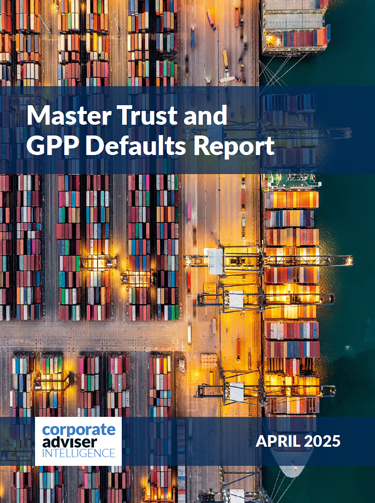The group risk market is not something that is normally associated with rapid change but in recent months it has been on quite a journey, with changes to providers and products, and changes in the behaviour of intermediaries.
Aegon’s decision to pull out of the market without finding a buyer for its portfolio, citing it could not make its required return on capital, was a surprise that raised questions over the viability of existing market rates and competitors’ portfolios. Yet existing players seem keen to embrace Aegon’s clients without the significant increased premiums that Aegon implied would be necessary.
Perhaps Aegon is a one-off case of an insurer with its own unique internal circumstances. The more worrying scenario would be if Aegon is acting rationally where others continue not to do so.
There has also been intense competition breaking out in the headline terms and conditions of insurance products. For medical underwriting in the last year we have seen the rapid spread of one-off medical underwriting for both income protection and life assurance. In effect this means that in many cases once an individual has been underwritten they will never be medically underwritten again, irrespective of future salary increases. This is a big change from previous practice and is something that would have seemed very unlikely to be offered a few years ago.
At the same time medical underwriting limits (the level of cover offered without the automatic need for medical underwriting) have been increasing rapidly. For example the previous standard market limit for life cover was £1 million and this has almost universally increased to £1.25 million. One insurer has recently raised the bar again stating that for larger schemes it will offer a £1.75 million limit as standard. Sustained significant differences in the standard evidence of health limits have not been a feature of the market previously and it will be interesting to see the effect on the market.
Currently there is no extra premium for these medical underwriting concessions and these improvements have been welcomed by policyholders. But if these changes result in higher premiums, or some of the main players do not follow suit, we could start to see a polarised position where clients consider whether they want the extra cover for extra premium. While creating a highly visible product differentiator, this in turn could skew the insurer’s portfolio towards more high risk groups than had initially been intended.
Insurers are adding free employee assistance programmes and other services intended to increase the value added for the policyholder to aid retention of business and possibly shift away focus on price. By using their own buying power, group risk insurers are prepared to giveaway or at least reduce charges for services that have traditionally been paid for.
It is reported that intermediaries are increasingly broking cases annually rather than every two years in line with the normal premium rate guarantee period. This is likely to be a reflection of the desire to cut costs for policyholders, and increased competition amongst intermediaries.
To reward those policyholders that do not seek to rebroke mid-term we may see the introduction of long-term arrangements where in exchange for probably a lower premium up-front, the employer agrees to remain with the insurer throughout the course of a premium rate guarantee period.
Swine Flu, or other similar pandemic health threats, could reshape the group risk landscape if insurers or reinsurers think there is a material chance of significant claims arising. Insurers are already taking differing stances over whether Swine Flu will fall within their event limit restrictions and therefore whether a scheme’s aggregate claims could be limited in the same way as deaths from other catastrophic incidents. More limitations or exclusions may creep into policies.
To date, improvements in policy terms and competitive pricing look good from a policyholder’s perspective. But, policyholders need a choice of provider to ensure both competitive pricing and terms and conditions in the longer run. Normal markets are cyclical and there are times of great change followed by periods of consolidation. It is possible that some of the evolution within the industry could create barriers to future entry into the market while cut-throat competition and low margin business models may drive away a portion of the market players without replacement. If this happens we could be faced with a very different environment in the future.




